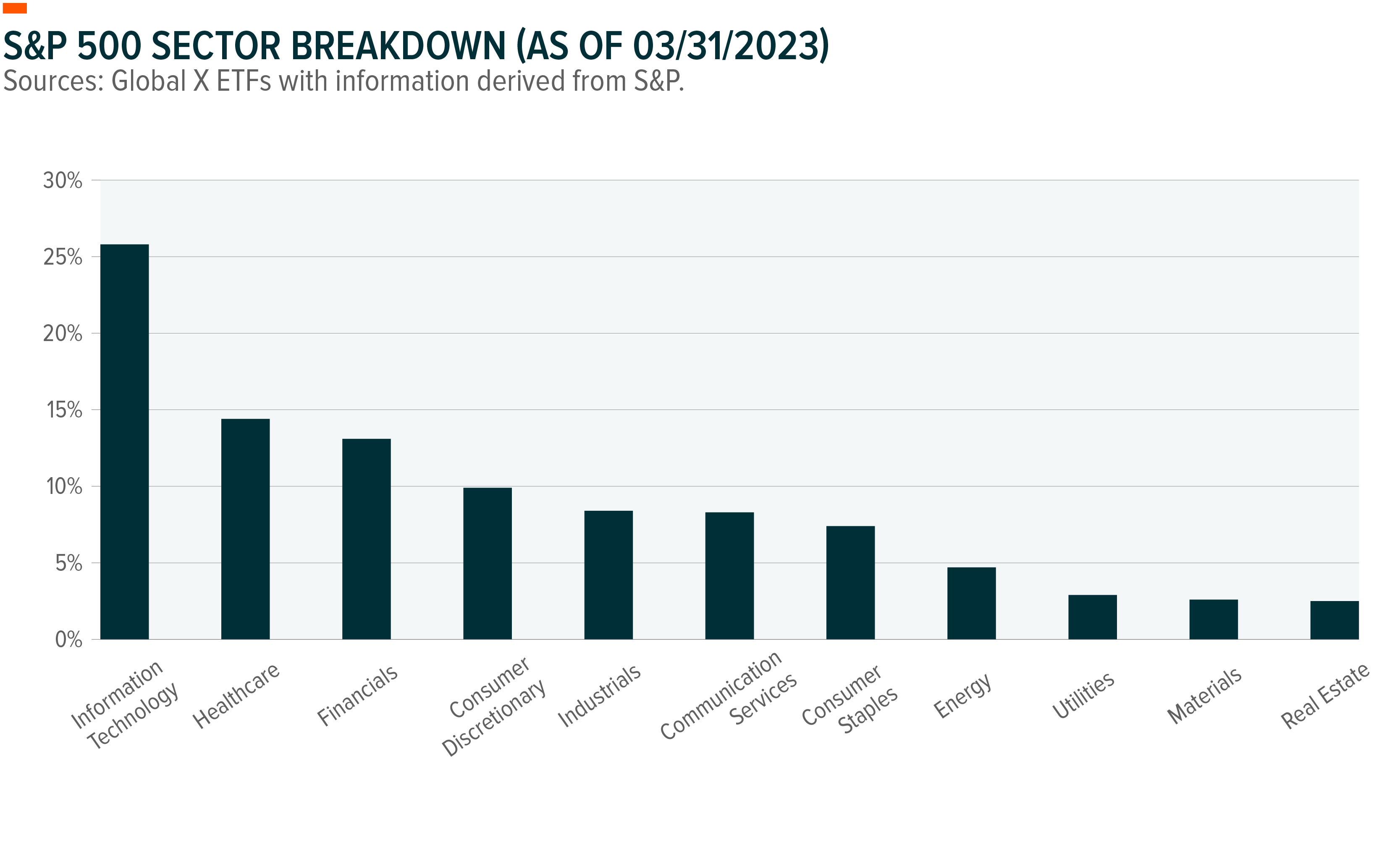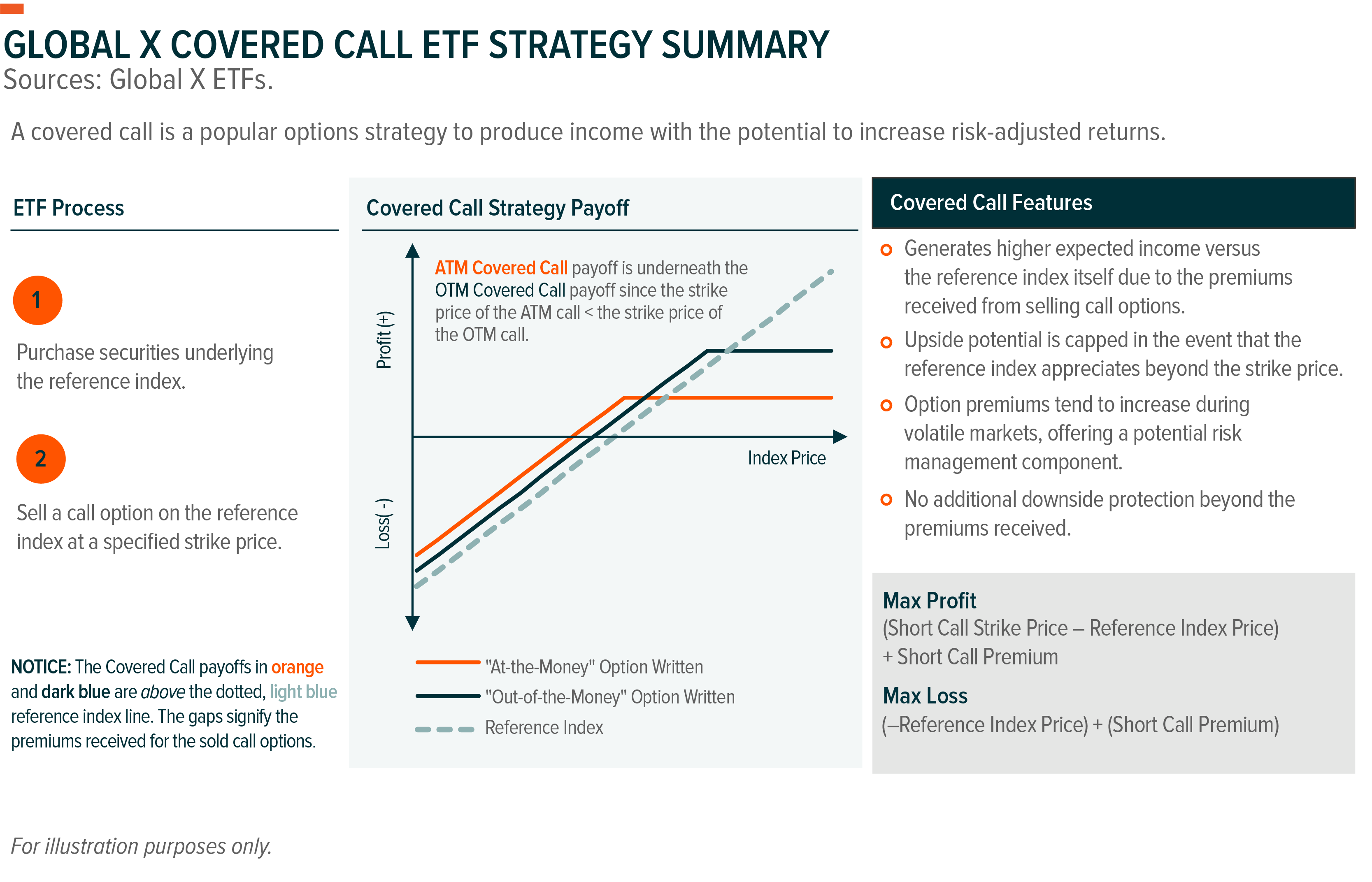Income-driven investors face a volatile market due to the ongoing efforts by the Federal Reserve (Fed) to constrict the money supply. Mixed inflation, labor, and economic growth data are further contributing to instability. In this environment, we believe that it is important for investors to have the wherewithal to diversify their assets into entities that focus on total return, rather than just yield or price appreciation. Options strategies can provide this avenue, as they offer varying levels of upside potential and downside risk mitigation. They can be a cornerstone piece of a broader investment strategy or a supplemental addition as a source of current income. In this report, we highlight an array of investment vehicles that investors can implement to navigate recent market turbulence.
Key Takeaways
- Rising interest rates and mixed economic data have led to some elevated volatility across the broader equity markets. This is making it difficult for investors who rely on dividend income to allocate assets.
- Options strategies offer investors the ability to diversify across sectors by leveraging different underlying assets. They also provide flexibility that will allow them to pursue varying investment goals with an income focus in mind.
- Covered call options strategies come in many shapes and sizes. Global X offers a number of these strategies in the ETF structure, which we believe can bring compelling diversification potential to investor portfolios in the current market landscape.
Income Investors Are Navigating a Tumultuous Economic Environment
Charting a path for the equity markets over the balance of 2023 is becoming increasingly challenging. High levels of inflation and elevated interest rates are likely to persist, at least in the near term, and this may well result in soft economic growth and lower real income rates. Complicating matters further for those looking to operate a dividend-driven income portfolio are the conflicting economic indicators that are being released around the globe.
For example, despite slipping 0.1% sequentially in April, to 4.9%, the Consumer Price Index (CPI) remains well above the Fed’s 2% target inflation rate.1 Still, U.S. consumer demand remains robust. Consumer spending historically accounts for about two-thirds of all U.S. economic activity, and it has continued to grow over the last two quarters, capped off by a 2.9% increase in retail sales in March.2 All the while, major sectors that make up the S&P 500, like Information Technology and Consumer Discretionary, as referenced in the graph below, are seeing equity values push higher. This combination of data creates uncertainty for investors that typically target dividend yielding equities, as corporate costs have also been on the rise. Should elevated interest rates be maintained over the balance of the year, or a potential earnings recession come to fruition, this could erode the value of these equity positions.

Options Can Offer Investors Various Paths to Diversification
When seeking yield, income-oriented investors tend to focus on specific sectors like consumer staples, real estate, and utilities. Businesses in these sectors typically offer solid dividends, generate stable cash flows, and hold up well against broader market volatility. That said, constructing a portfolio around any given sector, or series of sectors, still exposes investors to risks and opportunity costs.
Implementing options strategies can help address these concerns while keeping income generation at the forefront of their investment objectives. Options can help lower a beta coefficient associated with a portfolio, reduce leverage, and support higher account cash balances in anticipation of future investments. Due to their low cost, options can also give investors room to take a wider variety of positions while maintaining a relatively defensive stance.
Another compelling feature of options is the cushion that they can provide against volatility. As asset classes, equity and fixed income are inversely correlated with volatility. Options, on the other hand, can work in conjunction with volatility, recognizing higher premiums as the proverbial fear indexes like the VIX rise. This trait is supportive of income-generating strategies like covered call writing and cash covered put writing, where the premiums received from writing contracts can provide the immediate income that might be difficult to accrue from other asset classes. Broadly, adding these functions into portfolios during times of elevated volatility can help investors diversify their portfolios, potentially enhancing their total returns while reducing risk.
The Global X Covered Call Suite Offers Flexible Exposures
The base covered call strategy consists of buying a stock or basket of stocks and selling a call option on those same securities. The sale of the option contract provides the writer with a premium, which helps to lower the breakeven point on the underlying investment. The sale also generates current income. As market volatility rises, the premium received upon writing a contract typically increases as well. This premium, in combination with some foregone upside potential, helps the strategy perform in choppy and sideways markets. Of course, depending on the moneyness of the option and the amount of coverage pursued, the investor can retain some ability to benefit from upward moves by the underlying instrument.

Conclusion: Options Can Provide an Income Source Amid Uncertainty
Inflation and residual strength across the U.S. consumer market and other various sectors seem likely to keep market volatility elevated and uncertainty prevalent. Options strategies offer varying levels of sector exposure, potential yield, and downside risk mitigation, and they can help investors navigate a broad range of conditions, including the ones they face today. When selecting options strategies, like the options ETFs offered by Global X, investors can focus on their desired market factors and vehicles such as hedged protection or potential income generation. Markets will always be variable, some more than others. But we believe that options strategies can help investors bring some diversification to their portfolios.